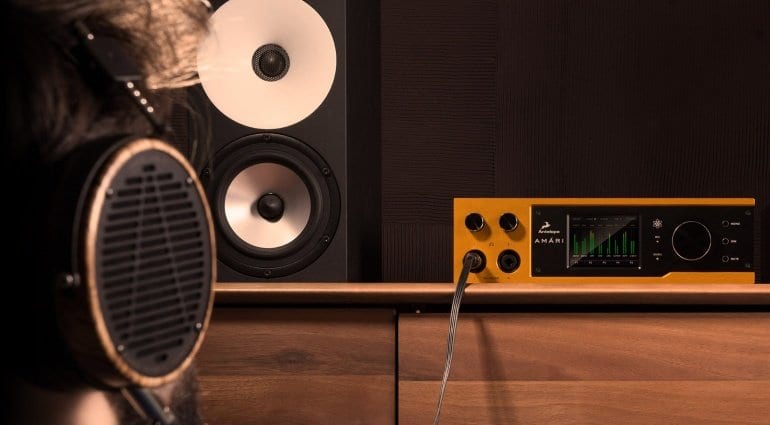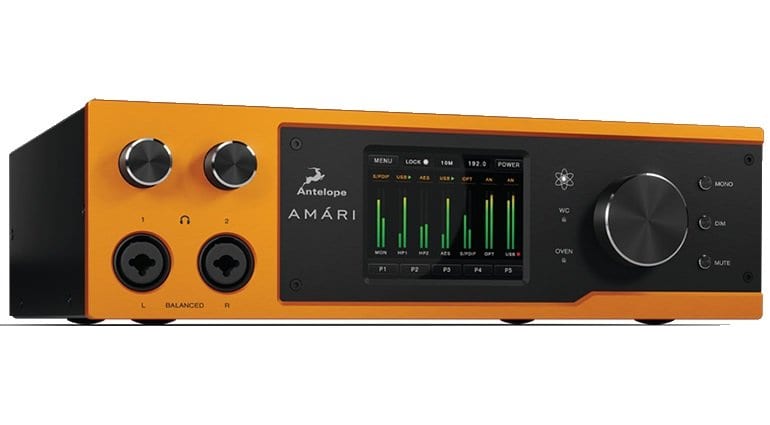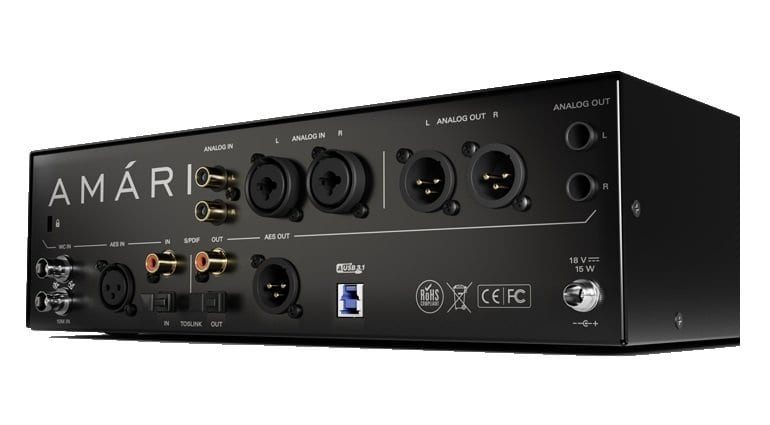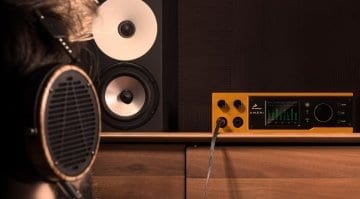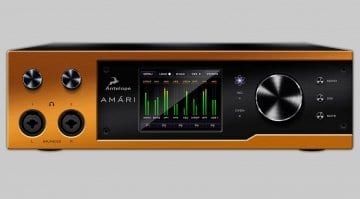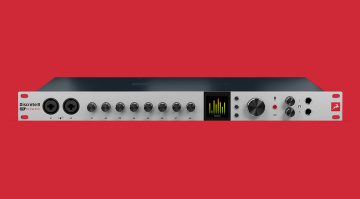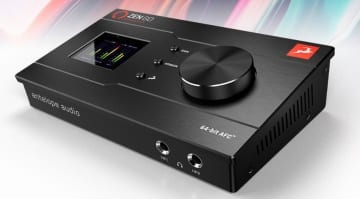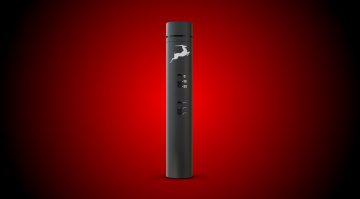Antelope Audio takes on mastering engineers and audiophiles with Amari
About a year and a half after I leaked Amari and got to meet the Antelope guys in Sofia, Bulgaria (don’t worry, they were very kind), the Lamborghini-colored hi-end converter is finally official material that’s already shipping. The unit has come a long way since the open-chassis prototype I saw in 2018, encountering several iterations of streamlining and re-thinking.
The end product’s highlights include 24-bit, 384kHz AD/DA conversion with up to 138dB dynamic range (at the line outputs); touchscreen display, dual independent headphone outs (with 128dB dynamic range), DSD256 playback, Antelope’s 64-bit AFC clocking, and the firm’s newest achievement in audio R&D – Headphone Membrane Weight Compensation. Without getting into the complications of membrane movement’s impact on headphones listening experience,
HMWC stands for user-adjustable headphone output impedance which enables two things, first and foremost. One is matching Amari’s headphone amps to your favorite pair of cans, the other is experiencing a very interesting effect which I have heard personally and am keen on yapping about.
From a certain point of adjustment, it starts to feel as if you are moving the stereo field forward and back relative to the center point between your ears. Not as in somehow distancing yourself from the music, but as if being, for the lack of a better explanation, inside of it. Imagine being able to listen from front-stage, back-stage, mid-stage (yeah, literally among the musicians) and anywhere in-between with no change in volume. That’s what Antelope’s HMWC tech feels like and I think it’s both a fairly unique experience and a solid selling point for a product meant to rival hi-end converters by the likes of Ferrofish and RME alongside expensive audiophile equipment.
What about the price?
At USD 2995, Amari is pricy, but still competitive – typical for Antelope products. And technologically, it’s densely packed with eight CS43198 AD/DA converters (4 per channel), dual AK5578 A/D converters (one per channel) for the headphone amps, analog and digital connectivity options to deliver what Antelope claims is differential signal quality. The absence of RCA outputs is puzzling, though, considering the manufacturer is trying to woo hi-fi pundits with Amari. Still, it’s good to see this thing reaching the finish line in admirable form.
- More on Amari can be found at Antelope Audio
 5,0 / 5,0 |
5,0 / 5,0 | 